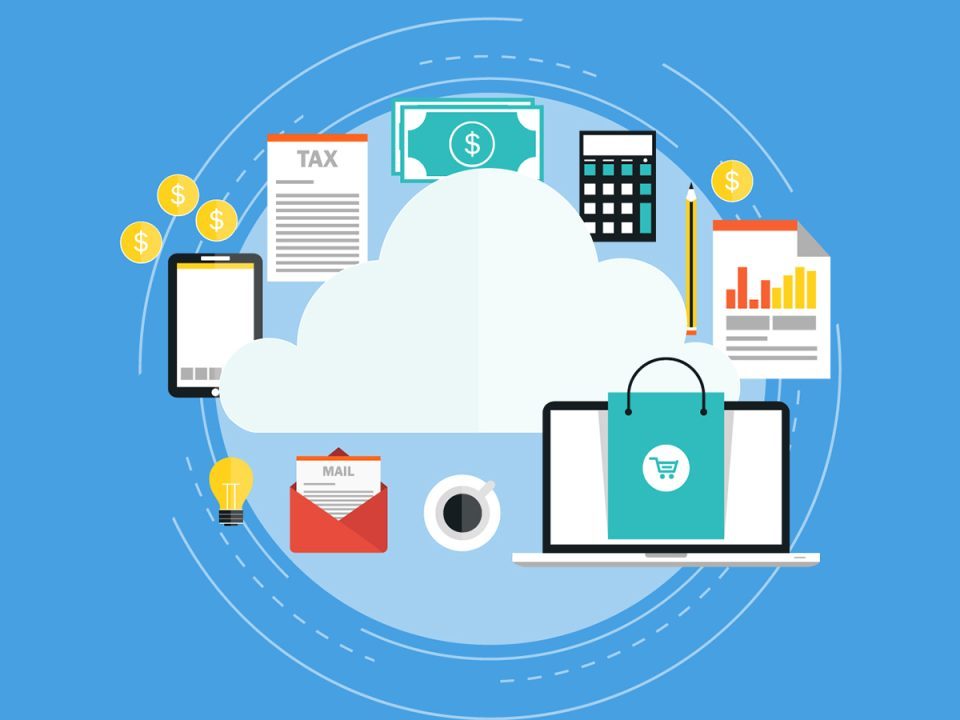Your engineering teams are building amazing things in the cloud. They spin up new servers and services on AWS or Azure with a single click. This agility is fantastic for innovation. But at the end of the month, your CFO gets a massive, complex bill that is almost impossible to understand.
This “bill shock” is a growing problem. Spending is decentralized. It is difficult to know who is spending what, or why a bill suddenly spiked. You are trying to manage a 21st-century technology problem with 20th-century spreadsheets. It is an inefficient, reactive, and expensive way to operate.
What Is FinOps?
You might hear the term FinOps and think it is just another buzzword. FinOps, or Financial Operations, is a cultural practice. It is the critical intersection of your finance, engineering, and business teams. It is not about stopping spending or slowing down innovation.
It is about making everyone accountable for the money they spend in the cloud. It is a shift from a centralized procurement model to a decentralized, data-driven one. FinOps helps you make smart, informed trade-offs between cost, speed, and quality.
Read More on Fintech : Global Fintech Interview with Mike Lynch, Principal, AI Strategy and Finance Transformation for Auditoria
How Do FinOps Platforms Optimize Spend?
Specialized FinOps Platforms are the fintech tools that automate and optimize your complex corporate cloud spending.
- They automatically discover all your cloud assets across accounts.
- They identify unused or “zombie” resources to cut your waste.
- They recommend right-sizing instances based on actual usage.
- They help you manage and optimize your reserved instances.
- They centralize all your SaaS spending for a complete view.
How Do FinOps Tools Provide Visibility and Accountability?
Before, your cloud bill was a single, mysterious line item. This is where FinOps Platforms come in. They provide granular visibility by “tagging” every single resource. You can finally see exactly which team, which product feature, or which customer is driving your costs.
This visibility is the first step toward accountability. When engineering teams can see their own spending in real-time, they start to think like owners. These FinOps Platforms give them the data to make smarter architectural choices. It changes the conversation from “Finance is cutting our budget” to “How can we build this more efficiently?”
How Do Finance and Technology Teams Collaborate?
This is where FinOps Platforms act as the essential bridge, creating a shared space where teams can finally speak the same language.
- Shared Dashboards: Both finance and engineering see the same real-time data, ending debates over which spreadsheet is correct.
- Budget Alerts: Engineers get automated alerts when they approach their budget, not a surprise email from finance.
- Cost-Aware Engineering: Developers can see the cost impact of their code, building a culture of cost-conscious development.
- Accurate Showbacks: Finance can accurately “show back” costs to business units, attributing spending to specific projects.
How Does FinOps Data Improve Forecasting?
You cannot create an accurate budget for a variable, unpredictable expense. Traditional, annual budgeting is useless in the cloud. FinOps Platforms provide the detailed, real-time, and historical data you need for accurate forecasting. You can see seasonal trends. You can model the cost of a new product launch. This allows your finance team to move from reactive guessing to proactive, data-driven financial planning.
What Is the Business Case for a FinOps Strategy?
Investing in FinOps Platforms and a strategy provides a clear, measurable return on investment for your business.
- Immediate Cost Savings: These platforms instantly identify and help you eliminate all “zombie” resources and over-provisioned services, cutting your monthly cloud bill right away.
- Gross Margin Improvement: As your cloud infrastructure is a part of COGs, every dollar you reduce on cloud spend goes straight to product profitability.
- Informed Business Trade-offs: Finally, you can have a data driven conversation for when to spend more to gain faster performance or trade perfomance for cost while balancing speed of results with budget.
- Predictable Budgeting: The same platforms take your very challenging cloud bill and make it a predictable line item, easing the job of forecasting spend for your finance team.
- Empowered Team Decisions: Instead of going to your engineers with vague concerns about cost they can’t immediately act on, you will give them the exact information they need, when they need it. You will be empowering them to make more educated architectural and product decisions long before that bill arrives.
Why Must You Bring Discipline to the Cloud?
The cloud gave your organization agility. Now, it is time to add financial maturity. Your CFO needs to be a “cloud economist,” guiding the business on the most efficient way to grow. They cannot do this job with a spreadsheet.
This requires a new culture and new tools. FinOps Platforms are the engine for this change. They provide the visibility, accountability, and collaboration needed to manage this new world of flexible spending. It is how you bring financial discipline to the age of the cloud.
Catch more Fintech Insights : The Disappearing Payment: How Embedded Finance Is Quietly Reshaping B2B Transactions?
[To share your insights with us, please write to psen@itechseries.com ]
